2. Foreign debt management
1) Risk management
2) Managing external debt using sustainability indicators
3.External Debt Management in Korea
1)History of external debt management in Korea
Ⅱ. The 1979-80 Debt Crisis:
Ⅱ-2. Management of and Recovery from the 1979-80 Crises
Ⅲ. The 1997-98 Capital Account Crisis
Ⅲ-1. Investment Boom Fueled by Foreign borrowing
Ⅲ-2. Bursting of the Investment Bubble
Ⅲ-3. Management of and Recovery from the 1997-98 Crisis
a. The IMF Bailout
b. Exchange Rate Depreciation and Openness
c. Favorable External Environment
d. Macroeconomic Policy Adjustments
4. Recent external debt management in Korea
5. Examples of dept problem countries
1) Argentina
2) Southern Europe countries (Greece, Spain, Portugal)
6. Proposal for Greek crisis
External debt management involves balancing resource mobilization and deployment as well as orderly repayment of future obligations. For sustainable debt management, policy makers need to project accurate debt dynamics that are sensitive to the way the current account deficits are being financed. If borrowed resources are not used productively, external borrowing can result in severe debt servicing difficulties. Debt management authorities therefore need to focus on efficient allocations of capital in sectors generating proper returns, and should effect monitoring to determine whether the borrowed resources are being used to improve the country’s production
capacity so that future obligations are serviced.
There is no rule of thumb for determining whether a country’s debt level is sustainable. For an accurate projection on debt sustainability, several indicators should be assessed simultaneously in a forward-looking way. It should be noted, also, that debt sustainability analysis has to be country-specific, with consideration of the country’s debt history, the level of sovereign ratings and the degree of development in the financial sector and capital markets.
3.External Debt Management in Korea
1)History of external debt management in Korea
Ⅰ. 1960-70: Korea has a reputation for being one of the fastest developing countries in the world, experiencing rapid growth since 1963. Real GNP grew at an average annual rate of 9.0 percent between 1963-93. As a result, Korea's status changed from an underdeveloped country in the 1960s to an upper mid-level developing country in the 1990s. It is well known that foreign debt and the government's active economic policy played an important role in her economic growth. Korea's successful pursuit of an
:European commission(2009 Autumn), European Economic Forecast, European Economy, http://ec.europa.eu/economy_finance/publications/publication16055_en.pdf
:Rebecca M. Nelson, Paul Belkin, and Derek E. Mix. 2010. CRS: Greece’s Debt Crisis: Overview, Policy Responses, and Implications. http://www.fas.org/sgp/crs/row/R41167.pdf
:Sayuri Shirai(2004), Recent Trends in External Debt Management Practices, Global Governance, and the Nature of Economic Crises, Keio University, Japan
:William Pesek(2010), Greece ought to learn lessons from Korea in overcoming crisis, http://www.koreaherald.com/business/Detail.jsp?newsMLId=20100510000498
:Yung Chul Park(2005), A Tale of Two Crises: Korea’s Experience with External Debt Management 1979-80 and 1997-98, Seoul National University
:http://www.unescap.org.
:http://www.economywatch.com
:http://www.imf.org/external/pubs/ft/scr/2009/cr09244.pdf
:http://www.nytimes.com/2010/05/04/business/global/04peseta.html?ref=business



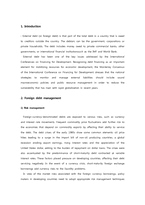
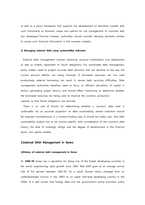
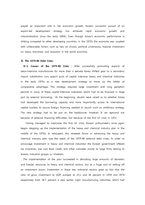

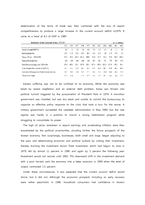
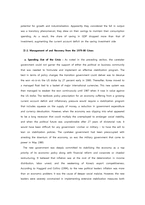
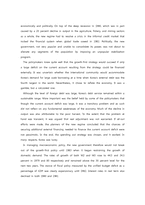
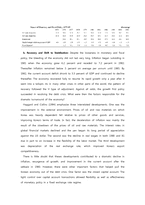
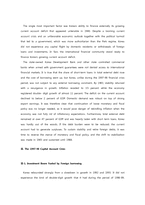
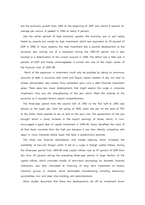
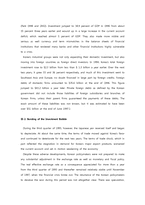

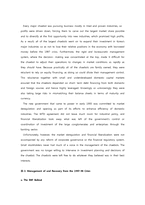

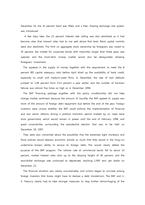
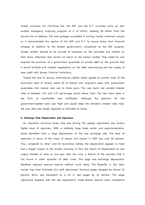

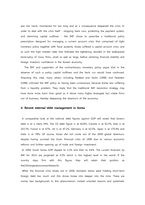
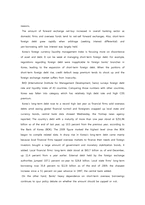
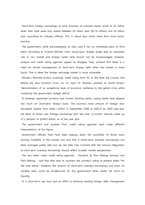
 분야
분야


